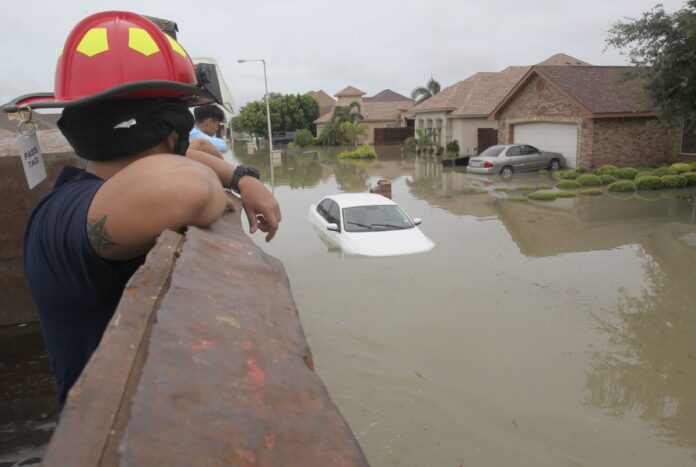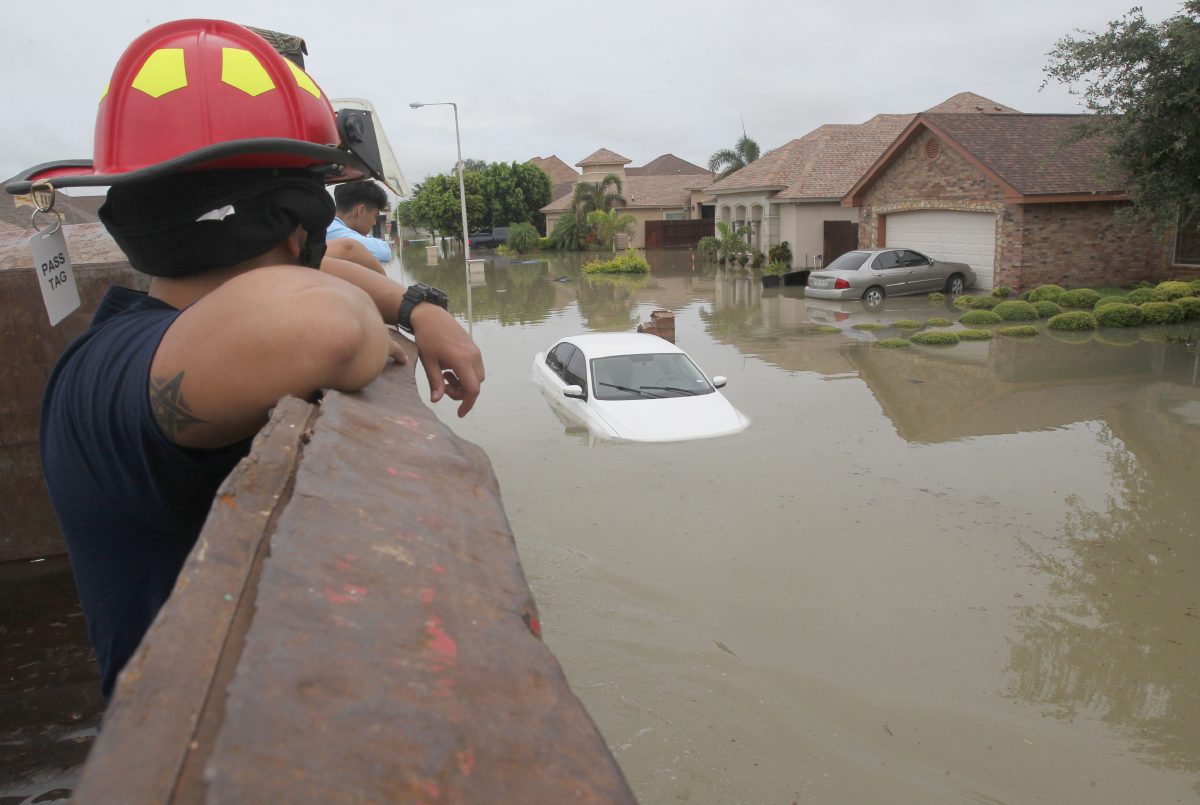
BROWNSVILLE — The devastation that follows a hurricane is no surprise to Craig Fugate.
The former director of the Federal Emergency Management Agency has witnessed the aftermath of the “Big 4 of ‘04” storms that hit Florida in 2004: Hurricanes Charley, Frances, Ivan and Jeanne.
In 2011, Fugate coordinated the recovery efforts for 87 disasters, a record for a FEMA administrator.
Saturday marked the start of the 2019 hurricane season, and while state and federal officials sent out calls to action, advising residents to prepare for possible storms, Fugate has one piece of advice above all others.
Buy flood insurance, he says.
“Too many people have been told that if they don’t live within a flood zone then they don’t need to buy flood insurance,” Fugate said.
Every home is at danger of flooding, yet the advice that some homes don’t need flood insurance seems to have arisen from confusion that federally backed mortgages only require flood insurance for homes designated in high-risk flood zones.
“We’re not using good terminology. What that (advice) really means is that’s the high-risk area so that if you have a federally backed mortgage you have to buy flood insurance — and its price is not that cheap,” Fugate said. “But if you’re outside of that mandatory (category), it doesn’t mean that you don’t flood. It just means the insurance costs a lot less.”
More than 20 percent of flood claims come from properties outside the high-risk flood zones, FEMA estimates.
The designation of “high-risk flood zone” is another problem with terminology, Fugate suggested.
“Look at what happened here (in the Valley) in the past couple years with the non-tropical no-named storms and how many homes flooded that weren’t in the quote-unquote flood zones,” Fugate said.
The high-risk flood zones should more accurately be considered “high-insurance rate maps,” not as places where flooding occurs for some homes while other homes are safe.
Another problem is that many people assume their home insurance already covers flooding.
“Your standard homeowner’s policy does not cover damage due to rising water,” Fugate said. “So people who have bought homes, paid insurance every year and thought they were covered, then found out (after a storm) that they lost everything.”
What does FEMA cover?
As Fugate said, in the absence of hurricanes and tropical storms, the Rio Grande Valley has dealt with recent devastating floods. From June 19 to July 13 last year, rains caused disastrous flooding in areas of Hidalgo, Cameron and Jim Wells counties.
A state of emergency was declared July 6, 2018.
As a result of the severe storms, more than 5,000 applications for assistance were approved, and FEMA doled out more than $30.5 million toward recovery for South Texas through the agency’s Individual & Households Program.
Following Gov. Greg Abbott’s arrival in the Rio Grande Valley to assess damages and to urge President Donald Trump issue an emergency declaration for the 2018 floods, Abbott cautioned residents here not to expect adequate funds from FEMA to rebuild their homes.
FEMA offers only up to $33,000 through its grants to individuals. Recovering from just one inch of water inside your building can cost about $27,000, according to FEMA estimates.
“Often times, as we have seen in the aftermath of Hurricane Harvey, it has been far less than that,” he told The Monitor. “FEMA is not going to be able to provide you all of the money that you need in order to rebuild adequately.”
Like Fugate, Abbott advised residents to invest in flood insurance from the National Flood Insurance Program.
Rates vary and could be more or less depending on the value of the home and where it sits on the flooding map. According to the Texas Department of Insurance, the average cost for flood insurance throughout the state is $700.
But most homeowners could expect to pay around $350 to $400 annually to cover their home and up to $100,000 worth of its content, Fugate said.
“You insure what you have,” Fugate said.
To add flood insurance, an owner often will need to wait 30 days before coverage takes effect.
Yet, even though the hurricane season started Saturday, there still might be time to add coverage before the peak of the season, which typically arrives in mid-August to late October. The season officially ends Nov. 30.
Be prepared
Along with the advice to purchase home flooding insurance, several Texas agencies last week began urging residents to prepare for the storm season with these additional tips:
• Assemble an emergency kit that includes essential documents, supplies and provisions;
• Review evacuation maps and select a route;
• Plan how all family members and pets will evacuate;
• Consider any special or disabilities for children or adults in the household;
• Stay informed about changing weather conditions in and around the region;
• Follow instructions from local emergency management officials as a storm develops.





